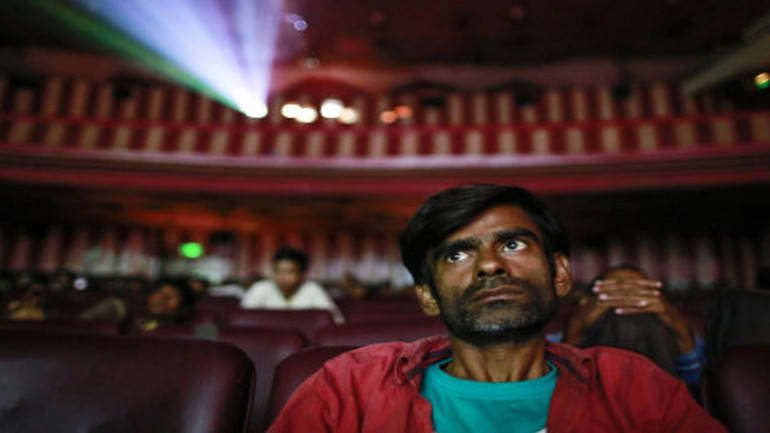For NY Cinemas, the target is to reach a screen count of 250 across India in the next five years
The current sensation in cinema halls is Shahid Kapoor’s Kabir Singh. The film is not only grabbing eyeballs in urban markets, but also witnessing strong collections in tier II and III markets, much against the expectations of film pundits.
Atul Mohan, trade analyst and editor of Complete Cinema, a film trade magazine, says around 36 percent of the film's collections are coming from smaller centres and that it is holding well there.
This is probably why more and more exhibitors are now focusing on smaller towns as this market presents a large untapped potential for the Indian film segment.
Even Ajay Devgn’s NY Cinemas, named after his children Nysa and son Yug, is eyeing these markets.
After starting operations in late 2017, NY Cinemas now has as many as 19 operational screens, including the recently launched screen in Ratlam.
So far, the exhibition company has invested Rs 40-45 crore into screen expansion and is aiming to take the screen count to 40-45 screens by 2020.
The other markets where it is present includes Hapur, Bhuj, Raebareli and Ghazipur. It is yet to open one in a metro market.
The company initially is paying attention to tier II and III cities due to low screen penetration in these territories.
But do these markets have the appetite for film consumption in theatres and the purchasing power?
Talking to Moneycontrol, Rajeev Sharma, CEO at NY Cinemas, said, “We think that the disposable income in tier II-III cities is as good as the metros. At the same time, they have limited opportunities to go out with their families. Hence, our objective is to bring cinema of that standard to people. We are happy the way theatres are occupied not only in the evening but also in the afternoon.”
Vishnu Patel, UFO Moviez, CEO special projects, shares similar sentiments.
He explained, “We are an under-screened country and we need more screens. The urban areas are taken care of by PVR, Inox but the growth in urban areas is falling. In the last five years, hardly 10-12 malls have come up; the mall business has slowed down too. Hence, the growth is definitely in tier III and IV cities.”
Patel also said India needs to add around 20,000 screens, out of that if the country adds 10,000 screens then as much as 60 percent will be in tier III and IV cities.
Nova Cinemaz, which is also aiming to revolutionize the movie-watching experience in tier II, III and IV towns, recently expanded its presence in Punjab after launching CineRoyale Cinemas-NOVA Cinemaz in Moga, Punjab.
While Nova is looking at North, NY Cinemas will be moving South.
“We have started making efforts to make our presence felt, especially in Karnataka, Andhra and Telangana. In 2019-2020, we will have 20-30 screens in south India,” said Sharma.
Outlook for single screens
While both single screens and multiplexes have been attracting higher footfalls in the southern market thanks to the strong content supply, the future of single-screen theatres otherwise does not look bright.
According to Sharma, the dynamics of the business are really not favorable for the single screen.
“I think if there is enough support offered by the state and the government to convert single screens into multi screens, it will help the industry,” he said.
He added, “Single window clearance along with some kind of support for the initial few years will be helpful.”
So far, NY Cinemas has acquired four single screens, of which two have been converted into a multiplex.
However, Sharma clarified that the company’s brand strategy is not to adopt to single screens but he also said “single screens have an upper hand in terms of locations as they are well located”.
For NY Cinemas, the target is to reach a screen count of 250 across India in the next five years.
Such efforts will spell good news for the exhibition space in India where the screen count is lower than large international markets.
India’s screen count last year was 9,601 as compared to 55,623 screens in China and 40,837 in the United States.Catch Budget 2019 LIVE updates here. Click here for full Budget 2019 coverage















